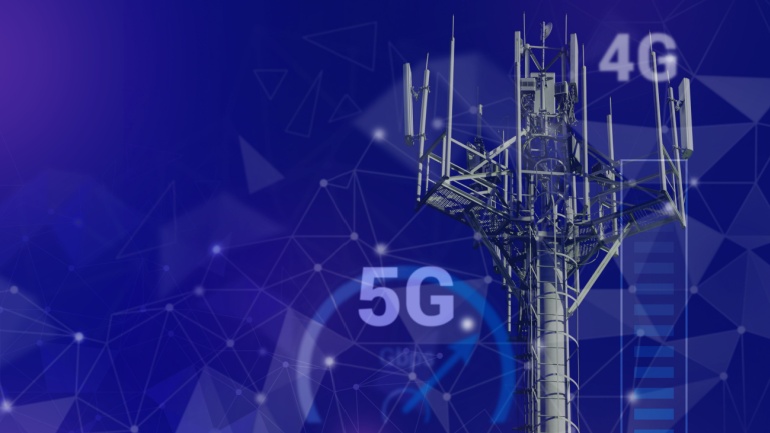Ericsson and Oppo have entered a multi-year cross-licensing patent agreement, reinforcing their collaboration on 5G projects and cellular technology advancements. Oppo will make royalty payments to Ericsson under this new arrangement. This deal bolsters Ericsson’s patent portfolio and demonstrates the efficacy of business negotiations in the VoIP and 5G sectors.
Ericsson and King Abdullah University of Science & Technology (KAUST) have extended their research partnership for two more years, focusing on cutting-edge telecommunications technologies like 5G, 6G, and on-chip reflective intelligent surfaces. This collaboration promises to drive innovations and enhance the future of global connectivity, aligning with Saudi Arabia’s Vision 2030.
Ericsson unveils its ambitious strategy to accelerate Thailand’s digital transformation using cutting-edge 5G technology. At the heart of this initiative lies the 5G Innovation and Experience Studio, a collaboration with the Royal Thai Government. This state-of-the-art facility aims to develop and test innovative 5G applications, driving Thailand towards a vibrant digital economy.
Optus is revolutionizing its 5G network by implementing Ericsson’s Interference Sensing technology, a world-first in live networks. This advanced technology dynamically detects and mitigates inter-cell interference, significantly enhancing user throughput and network capacity.
Everton FC partnered with HPE’s Aruba to upgrade networking at their new stadium. Exertis and OpenText have enhanced their partnership to offer advanced security solutions. NEC and Ursa Space Systems are partnering to integrate NEC’s SAR satellite monitoring with Ursa Space’s global platform. Ericsson and Tomra collaborate to improve waste management with traceable recycling technology.
Ericsson and Telefónica Germany have announced the extension of their core network partnership. This collaboration, involving Ericsson’s dual-mode 5G Core and cloud infrastructure solutions, currently supports mobile connectivity for 45 million O2 Telefónica subscribers. It spans multiple network generations including 5G Standalone (SA), 5G non-Standalone (NSA), 4G, and 2G.
Vodafone Spain is collaborating with Ericsson to promote the transformative capabilities of private 5G networks for enterprises. The initiative includes a series of conferences across Spain, showcasing the technology’s potential to revolutionize various industrial sectors.
A recent survey conducted by Ericsson sheds light on consumers’ perceptions and expectations regarding the role of artificial intelligence (AI) in their lives over the next decade. The survey, based on responses from 6,500 early adopters across 13 global cities, identifies ten key AI trends anticipated for the 2030s.
A new high-capacity data backbone spanning the UK, Netherlands, Germany, Denmark, and Norway promises increased capacity and redundancy. XL Axiata and Ericsson team up to integrate 4G and 5G services into a cloud-based network. AppDirect introduces AppDirect AI, a secure marketplace allowing users to create AI apps without coding. Cynomi expands its vCISO services to European MSPs and MSSPs, prioritizing data localization.
Telecom operators seeking to advance their cloud migration strategies now have a powerful ally in the form of a newly strengthened partnership between Ericsson and Dell. These industry giants are pooling their expertise to assist communication service providers (CSPs) in navigating the complexities of network cloud transformation.













